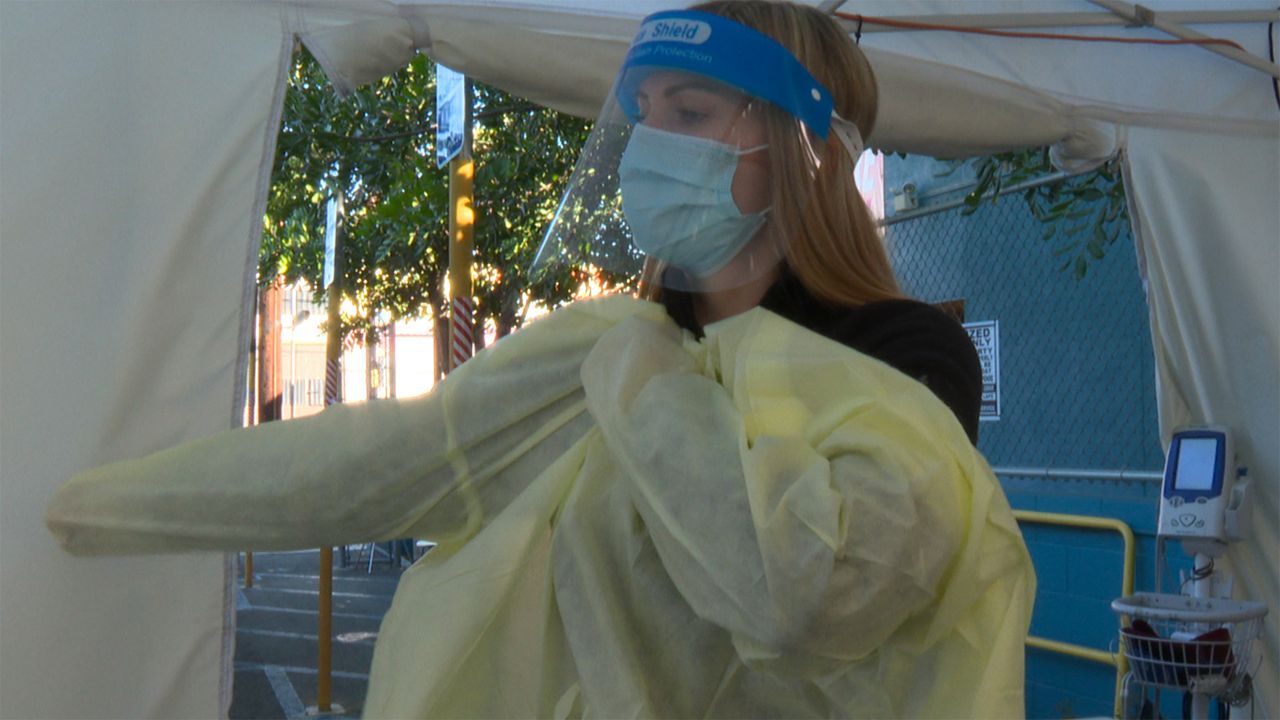WEST LOS ANGELES – Going under the knife is always a terrifying experience, for both patients and doctors. After all, there’s uncertainty and the possibility of mistakes. That’s why Moty Avisar wanted to give surgeons the same reconnaissance fighter jet pilots have before combat.
“We superimpose the real camera with the thing you cannot see with the camera such as the fibers of the nerves and also we can give the surgeon the view from behind,” said Avisar, co-founder and CEO of Surgical Theater.
Avisar came to the U.S. in 2005 on behalf of the Israeli Air Force. The former head of the F-16 Flight Simulator Program, he decided to create a medical device company that utilizes virtual reality in the operating room after realizing doctors often operate without knowing what’s behind an infected area.
“We start with the images that are black and white, from the front, from the side, up and down, and we take all of them and create a 360-degree model the patient and the surgeon can walk inside,” said Avisar. “The surgeon, just like pilot, can fly inside the brain, around the tumor.”
That gives surgeons an edge standard endoscopes can’t provide. When looking inside your body with VR glasses, doctors can determine the best course of action.
When COVID-19 hit, Surgical Theater decided to look inside the lungs.
“When you put the headset on and you’re inside the lung, you can see that it spread all over. It’s infected everywhere,” said Avisar. “It’s like a pathology that’s surrounded your whole lung so you need to be worried about it.”
Senior Program Lead Alex Smith was surprised by the extent of the damage.
“What we learned from this 360 VR model is that the damage, the extent of COVID to the lungs, wasn’t just localized in one area, but rather extended to the whole entire lung, unlike what you see with your tumors or pneumonia,” said Alex Smith.
It’s a tool Avisar hopes will shed new light on COVID-19 and how it affects our bodies.
“We're now integrating our images inside the microscopes, inside the operating room, and we're envisioning the surgeon will not want to operate without having these tools because once you get used to it, it becomes so obvious that you want to use it,” said Avisar.











